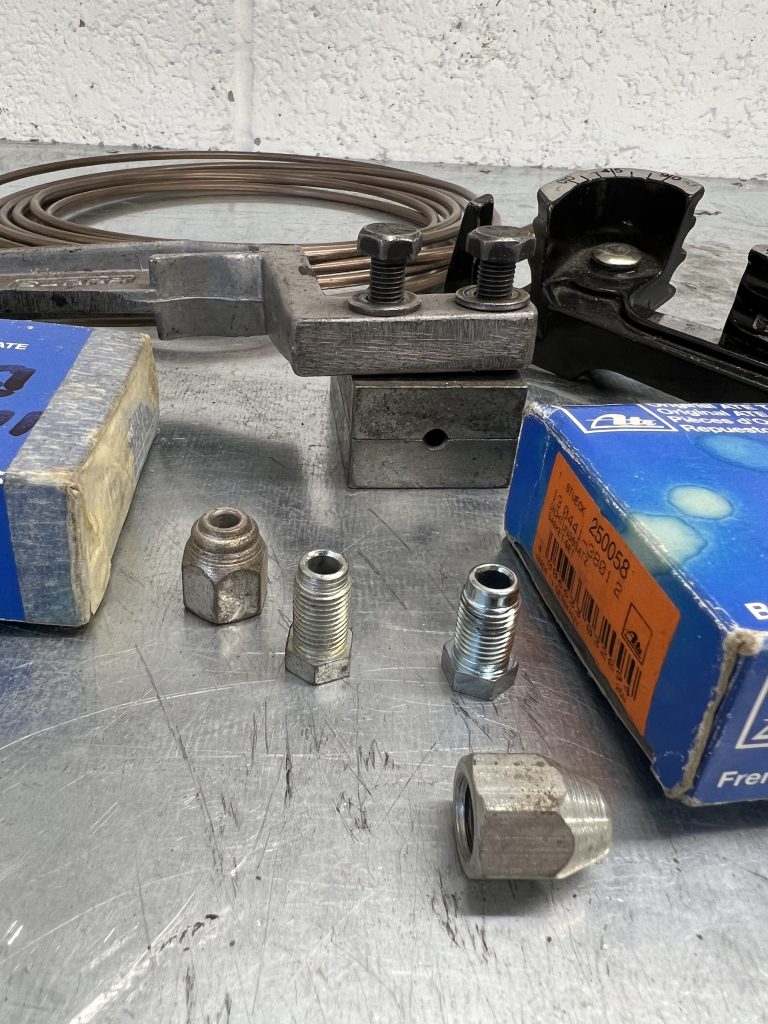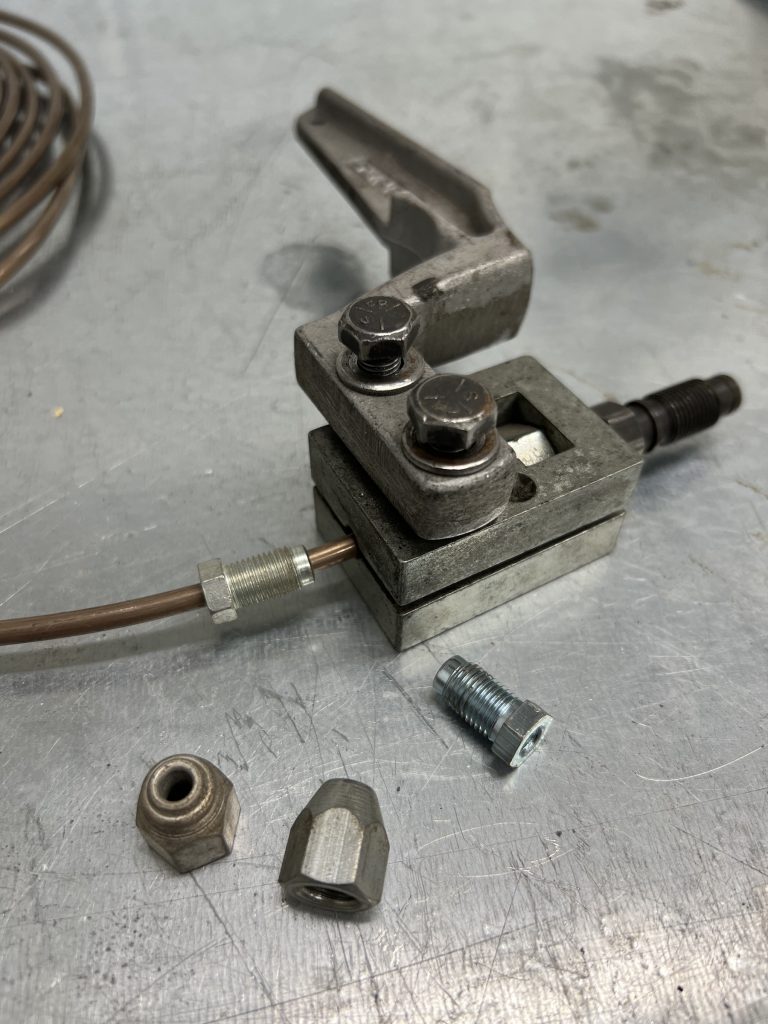We’re approaching that time with mounting anticipation when the wraps come off our cars and we go out to play again, so now may be a good time to think about brakes and specifically the condition of metal brake pipes.
It’s easy to overlook checks on the lines that carry brake fluid to the four corners of the car. The flexible hoses between the ends of those hard lines and front and rear hubs tend to get the most attention and perhaps that’s because the standard rubberised types are prone to perishing and cracking with age, movement and weather.

On older cars where little thought was given to underbody corrosion (so certainly 1970s and earlier), zinc-plated steel brake lines were always a problem, even when cars were only a few years old. The problem is twofold, the first being that corrosion around the male and female screw fittings seizes them and any attempt to undo them usually results in a wrung-off or fatigue-weakened pipe. While most of the damage is from external road filth and salt, pipes are also prone to corroding inside because brake fluid absorbs moisture.
The second is corrosion nibbling away at the steel tube in those tucked away places under the body or chassis which can be hard to inspect properly without the car on a ramp. This is one of those areas where the MOT was a useful safety aid because the condition of brake lines would be checked during the test. But for cars in the UK more than 40 years old (which takes us into the heartland of 60s and 70s British classics) it’s now up to the owners. [Find out more about road tax and MOT exemption in this story. Ed]


Ready-made replacement sections are available for many classics today in the original plated steel but the other option, if you haven’t yet had the pleasure, is to make your own using Kunifer brake line. Kunifer isn’t new, it’s been around for aeons and is a cupronickel material (90 per cent copper, 10 per cent nickel). It’s wonderful stuff – and widely available – which doesn’t rust inside or out (non-ferrous) and is malleable making it quite easy to form the sometimes complex shapes brake lines have. A good tip is to try and remove existing lines without deforming them (as far as possible), then use those as patterns to make the new sections.
Making up brake lines is relatively inexpensive, empowering (you have control and if one messes up, just make another), satisfying, and fun. What you need is a roll of Kunifer, female fittings, male fittings and a brake pipe flaring tool. Kunifer is malleable enough to make gentle bends with your thumbs but tighter bends should be made with a small hand-held pipe bending tool.
When setting up, your “bill of materials” should include either imperial male and female fittings or metric. The two aren’t interchangeable so make sure you know what you’ve got. Again, older British or American classics will have imperial fittings but continental cars like Porsche will be metric. The sizes are weirdly close and imperial fittings will screw into or onto a metric host but it will be very loose so it’s important not to get caught out.
More on actually making brake lines up and what works and what doesn’t next month.
Read more
Socket Set: Get to know your car and it won’t let you down
3 tips for rebuilding brake calipers
7 brake system basics you should know









